NASA astronauts Butch Wilmore and Suni Williams went into space over seven weeks ago via Boeing’s Starliner spacecraft. The mission, which was originally meant to last less than a fortnight, has since been plagued by problems.
Engineers discovered helium leaks impacting the spacecraft both before and after the launch. Now, with fuel supplies limited, engineers have been considering deploying a rescue mission to save the stranded astronauts.
NASA Look For a Plan-B
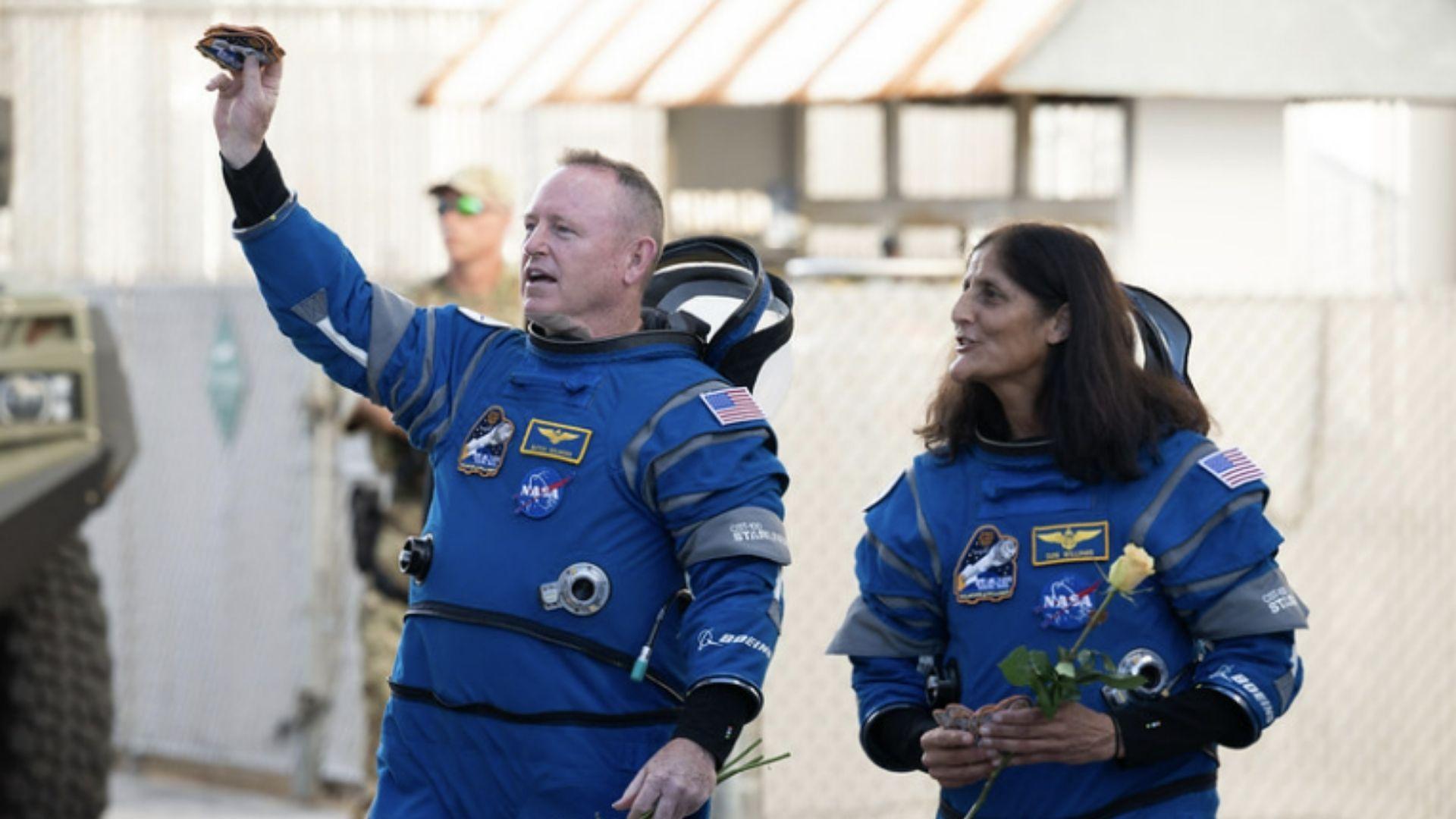
“It’s clear NASA does not want to deviate from its base plan of using Starliner to come home, and this remains most likely,” said Eric Berger of Ars Technica.
“But it is not certain. SpaceX and NASA have been quietly studying launching Crew-9 two astronauts. Suits are available for Butch and Suni,” he added.
What is The Crew-9 Mission?
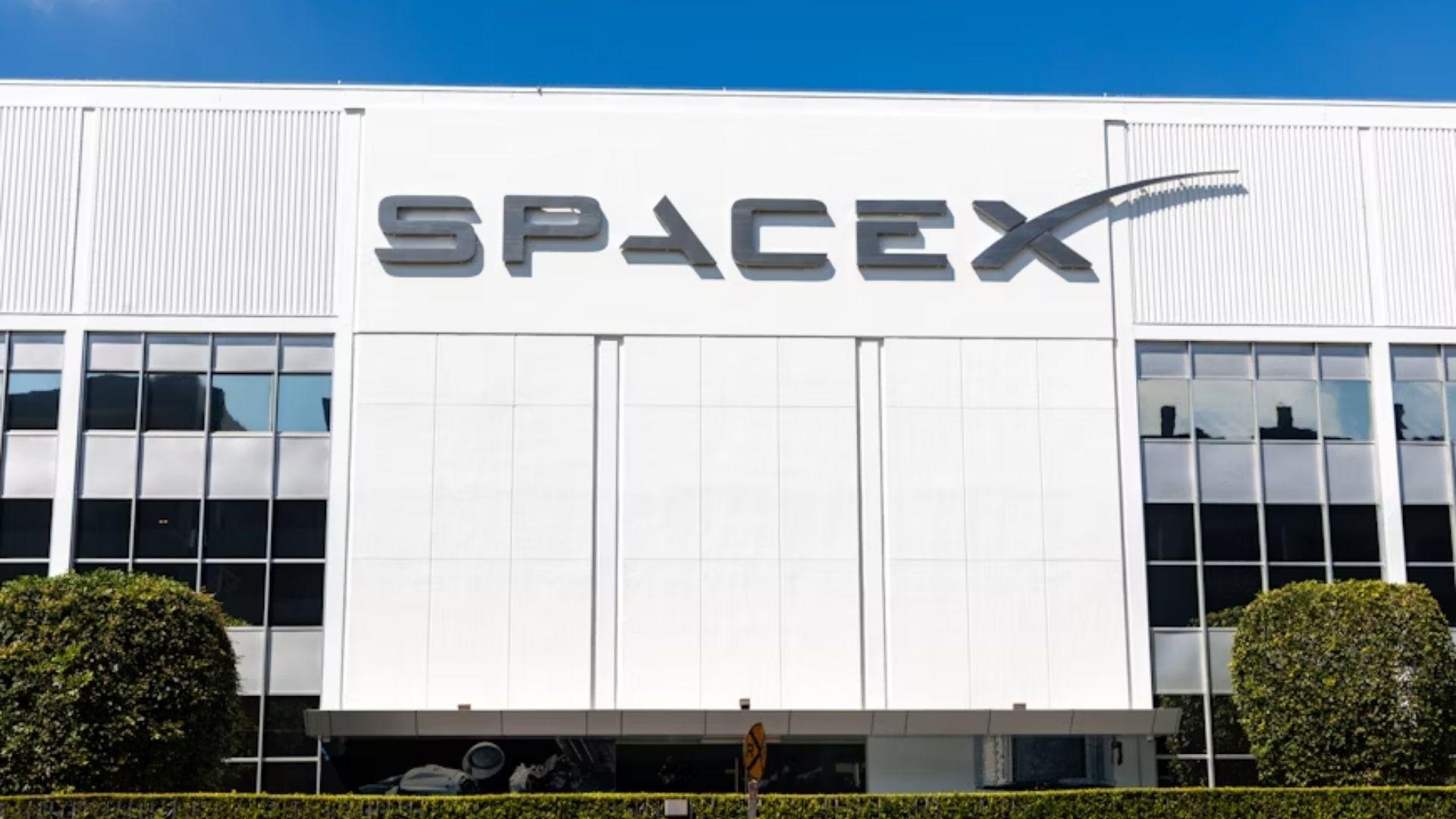
NASA’s Crew-9 mission to the International Space Station (ISS) is set for lift-off in mid-August and would see a crew spend six months in space.
The expedition will launch from the Kennedy Space Center via a Falcon 9 rocket from SpaceX. There would be enough space for Williams and Wilmore to join.
NASA’s Previous Comments
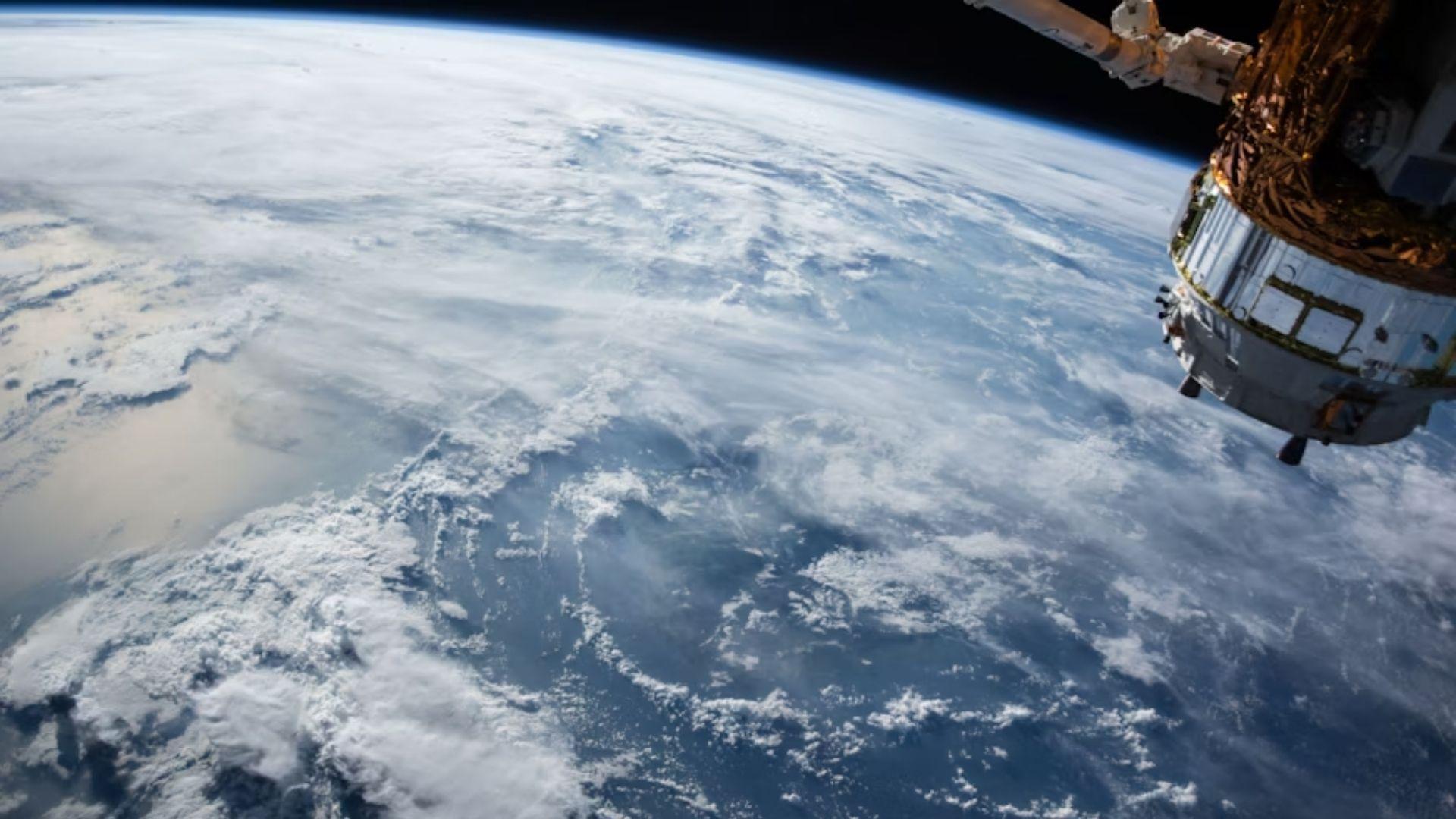
Earlier this month, NASA’s Commercial Crew program manager Steve Stich said that “there’s really been no discussion with sending another Dragon to rescue the Starliner crew.”
However, Stich did not rule out a rescue mission, adding, “The beautiful thing about the commercial crew program is that we have two vehicles, two different systems, that we could use to return crew.”
What Problems Has The Starliner Faced?
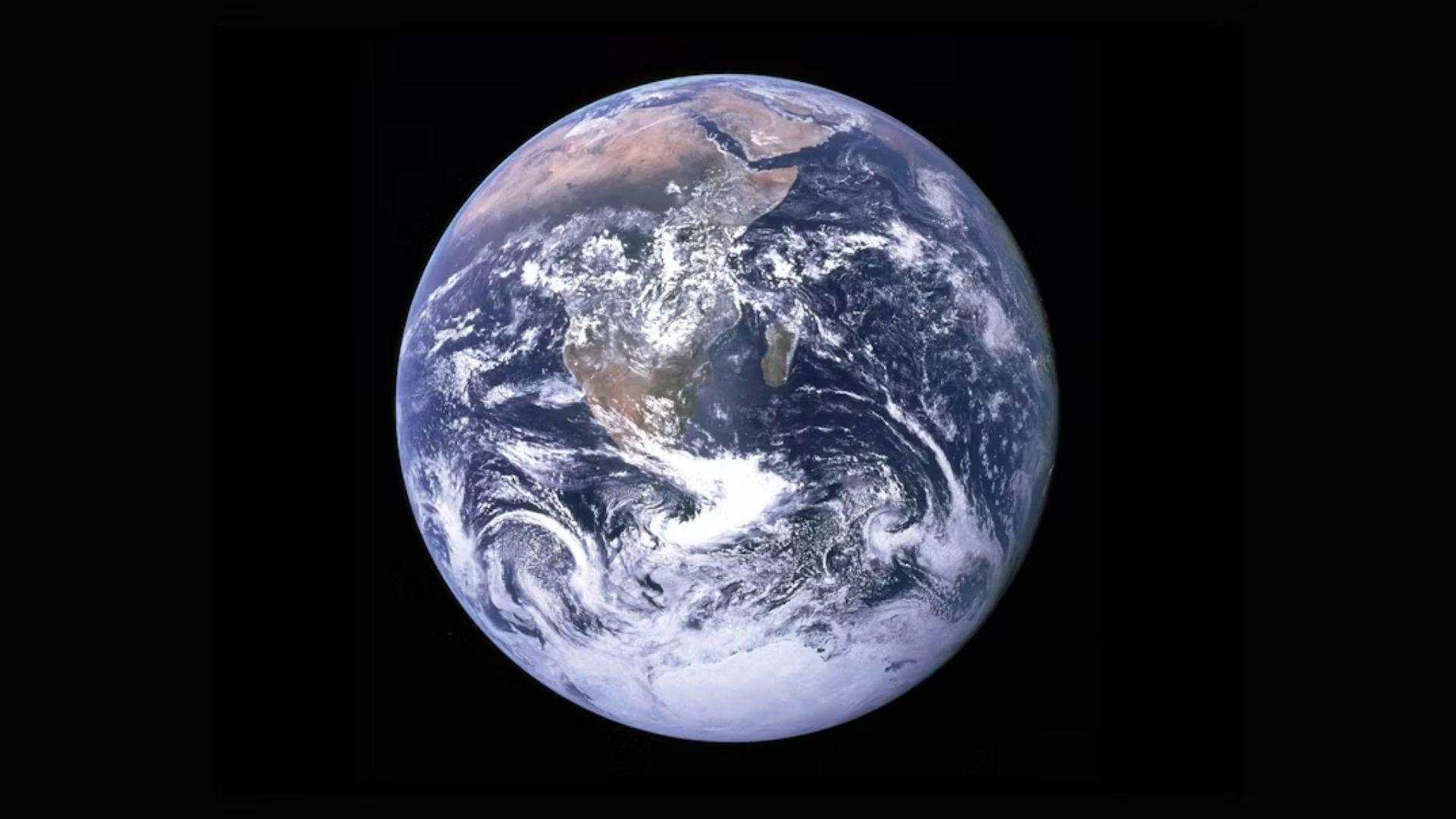
Helium leaks emerged both before and after lift-off. During docking, some small RCS jets from the service module failed off. However, most of them were turned back on.
The astronauts are being kept in space for further testing. Upon the astronauts’ return to Earth, the service module will separate and burn up, making further testing impossible.
Limited Fuel Supply Sparks Concerns
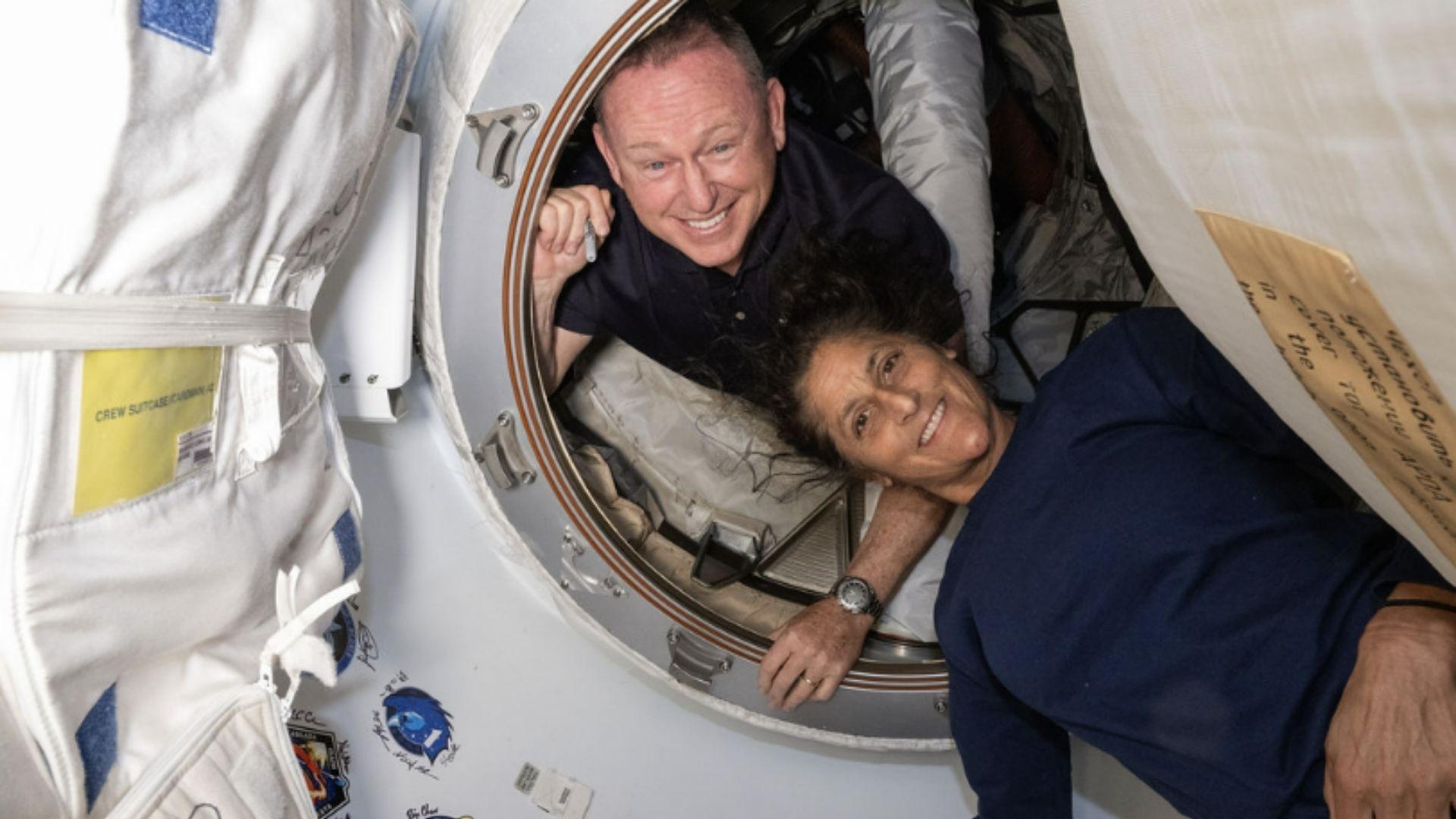
The Starliner had originally been limited to spend 45 days in space due to estimated limits in the spacecraft’s fuel supplies.
Since then, the Starliner has outperformed expectations and is now rated for 90 days in Space – allowing the spacecraft to remain in space until September 3rd.
Progress Made, But Uncertainty Remains
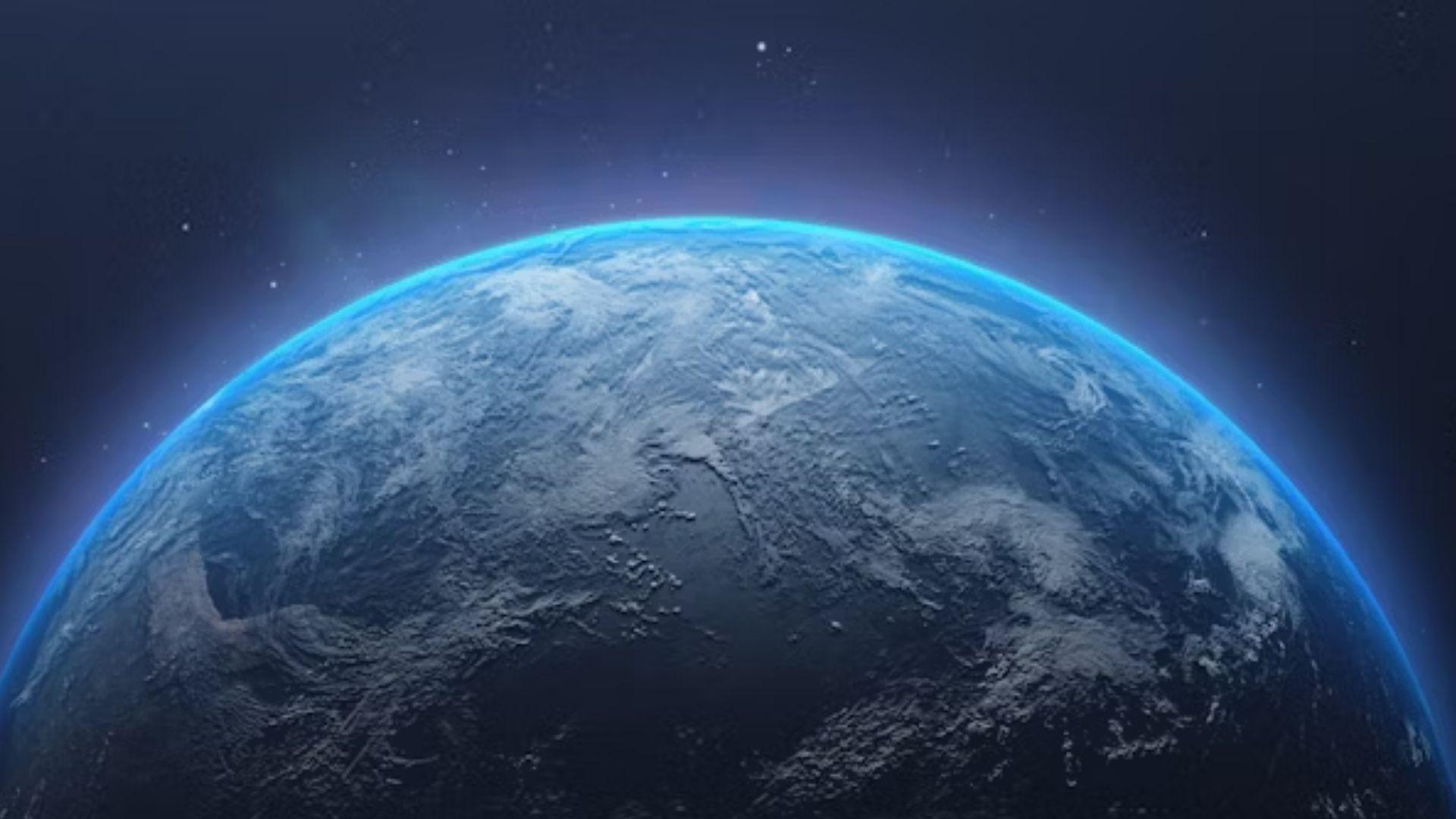
While NASA have continued conducting ground tests, they still haven’t announced a return date for Williams and Wilmore – suggesting ongoing uncertainty.
Stich said in a press conference, “we’re making great progress, but we’re just not quite ready” to give a return date.
Meet The Crew
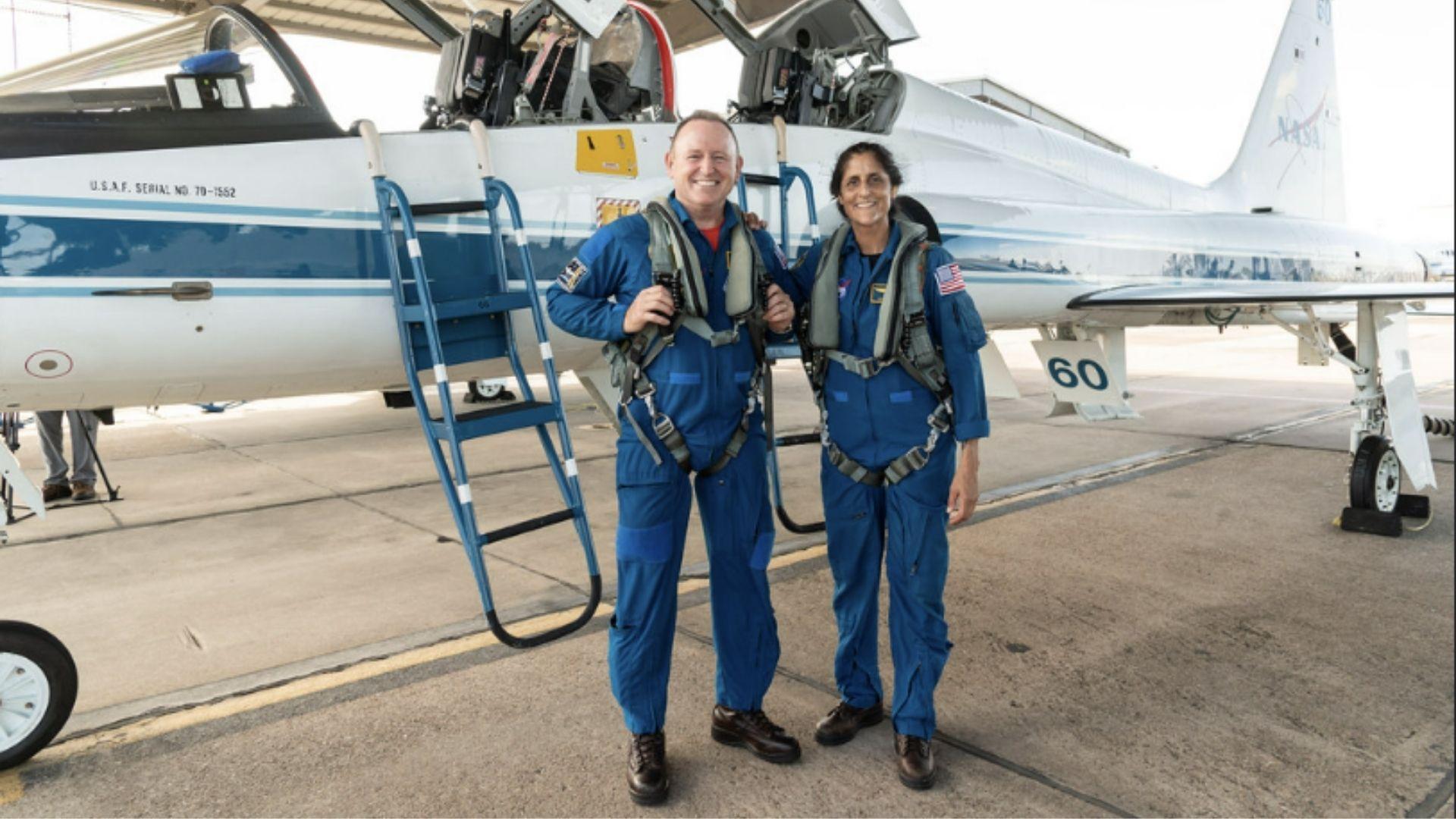
Barry E. Wilmore, one of the two astronauts aboard the Starliner, previously piloted NASA’s 2009 STS-129 mission and returned to space once again in September 2014 as part of Expedition 41/42.
Meanwhile, pilot Sunita “Suni” Williams, began training as an astronaut in 1998 and was launched into space in 2006 via NASA’s STS-116 mission. This latest Boeing mission made Williams the first woman to pilot a spacecraft on its maiden test flight.
Williams Remains Confident
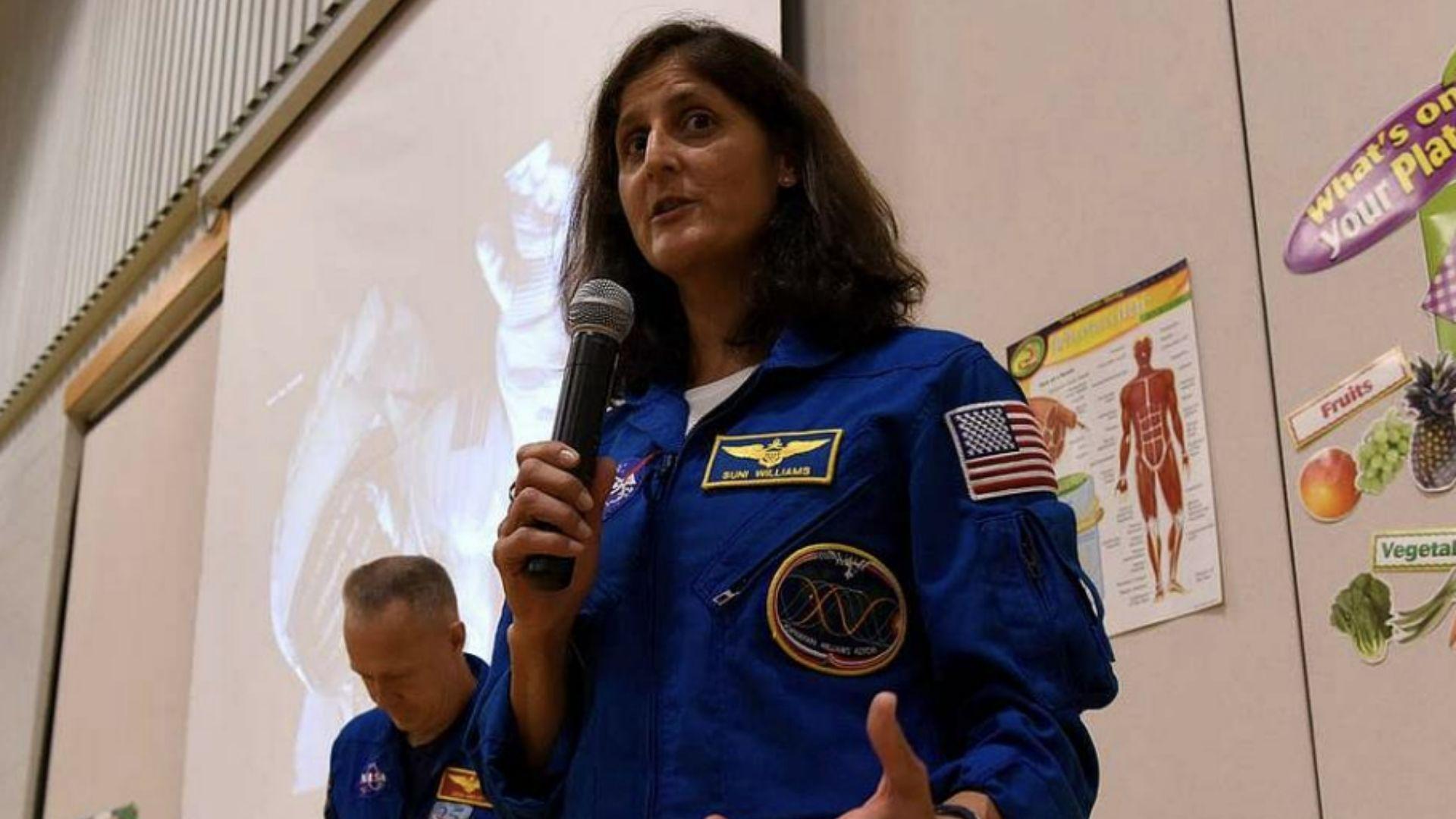
In a recent video, Williams said, “I feel confident that if we had to, if there was a problem with the International Space Station, we can get in our spacecraft and we can dock, talk to our team and figure out the best way to come home.”
She added, “like I’ve said, we’ve practiced a lot, so I have a … real good feeling in my heart that this spacecraft will bring us home.”
Why Astronauts Haven’t Returned Yet
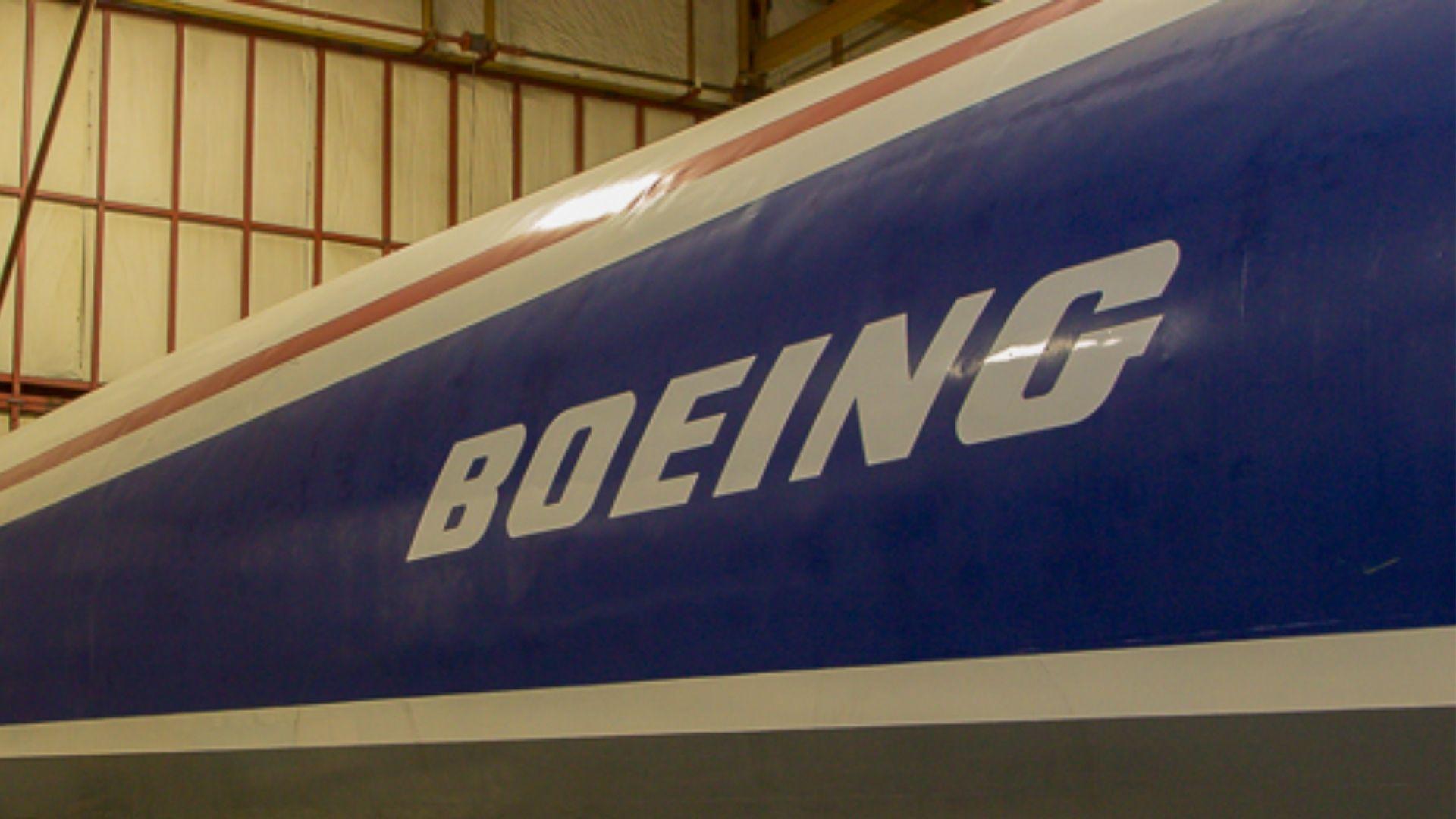
It is hoped that ground tests will narrow down possible reasons for the thrusters’ failures. Boeing’s Mark Nappi said that if testing, “comes back and gives us all the answers, then we can just undock and come home.”
However, he added, “If it comes back and says, ‘Here’s 80% of the solution. And if you just run one more docked hot fire (test on the Starliner in orbit), you’ll get all of the answers’ — then we want (Starliner) to be there so that we can obtain that information.”

